Gravesend
Nearly four centuries after its founding, remnants of one of the oldest planned communities in North America are still visible in southern Brooklyn.
The village of Gravesend was founded by Lady Deborah Moody, the wealthy widow of an English baronet and an Anabaptist who fiercely opposed infant baptism. After initially settling in Massachusetts, Lady Deborah fled from the Puritan-led colony where her proselytizing wasn’t welcome, and headed for New Amsterdam, where the Dutch colonizer and director-general William Kieft, glad to have settlers, granted her a land patent. (Kieft had seized control of this land by carrying out numerous attacks on the local tribes in what became known as “Kieft’s War”.)
The land grant, the first in the New World to list a woman patentee, was for a vast swath of Brooklyn with access to the Atlantic Ocean. Lady Deborah laid out the 16-acre village of Gravesend with four equal quadrants centered on the intersection of Gravesend (now McDonald) Avenue and Gravesend Neck Road.
According to Thomas Campanella, a planning historian, Gravesend was the second town in the English colonies laid out according to an orthogonal plan, and the first to include a regular distribution of public open space within the grid. The open space was originally used as protected areas for animals.
The outline of the 17th-century village is most visible from an aerial view, as its orientation is slightly askew from the predominant street grid. On the ground, Village Road North, Village Road East, Village Road South, and Van Sicklen Street mark the boundaries between the original settlement and the agricultural, hunting, and fishing land outside of the fortification.
The most visible remnant of Gravesend is the cemetery in the southwest quadrant. The earliest record of the cemetery can be found in the will of Thomas Spicer, who left 20 guilders for fencing of the burial ground in 1658. The first map of the community including the cemetery dates back to 1873, found in the Atlas of Long Island, New York.
Gravesend Cemetery, now incorporating the once-independent Van Sicklen Family Cemetery, is maintained by the New York City Department of Parks and Recreation. The cemetery is gated and accessible only by prior arrangement; however, it is visible from several streets.
Ironically, the best-known Gravesend landmark is not actually a Gravesend landmark at all. The Van Sicklen House, often claimed to have been Lady Deborah’s house, is one of the oldest homes in Brooklyn—and unique in that it’s largely made of stone. It was built in the early-18th century, perhaps earlier, on a portion of a double-lot once owned by Gravesend’s founder, but alas, it was never the home of Lady Moody.
Descendants of Ferdinandus Van Sicklen Jr. owned the home until the early 1900s, and realtor William E. Platt and his wife Belle acquired the house in 1904 and made extensive alterations, incorporating decorative elements inspired by the Colonial Revival Style. The Platts were responsible for popularizing the belief that the structure had been the home of Lady Deborah.
By the time the Platts purchased the house, Gravesend had ceased to be an autonomous, rural community. The Prospect Park and Coney Island Railroad opened on Gravesend Avenue in 1875. Gravesend was incorporated into the City of Brooklyn in 1894, and four years later, the cities of New York and Brooklyn merged with western Queens and Staten Island. In spite of the changes over time, the outline of the village and the 17th-century cemetery remain intact today—hidden vestiges of Lady Moody’s Gravesend.
Know Before You Go
The exits to the south (toward Coney Island) from the Avenue U stop on the F subway line put you at the center of the former village of Gravesend.
Community Contributors
Added by
Edited by
Plan Your Trip
The Atlas Obscura Podcast is Back!


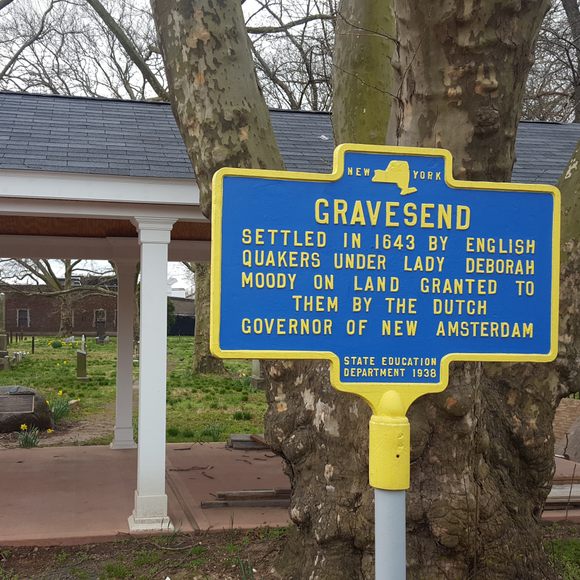



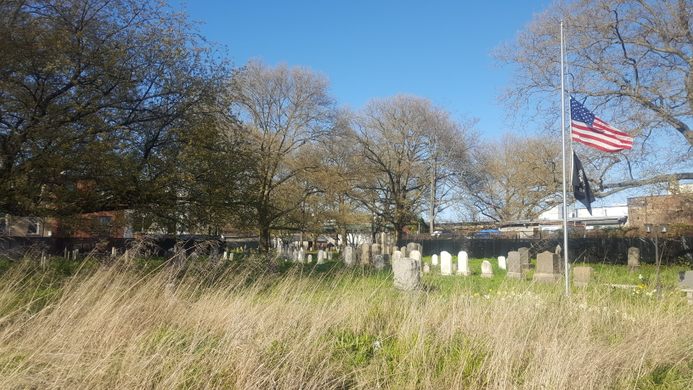
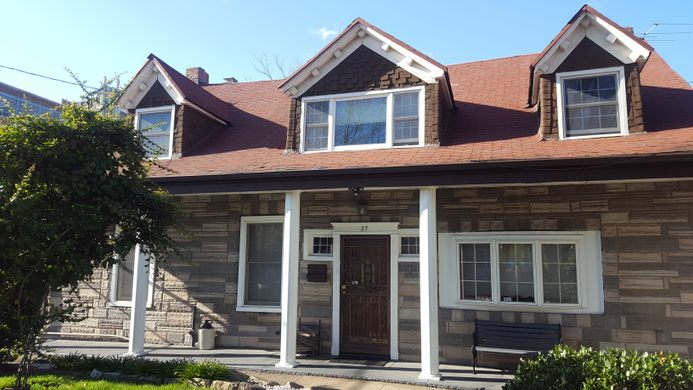
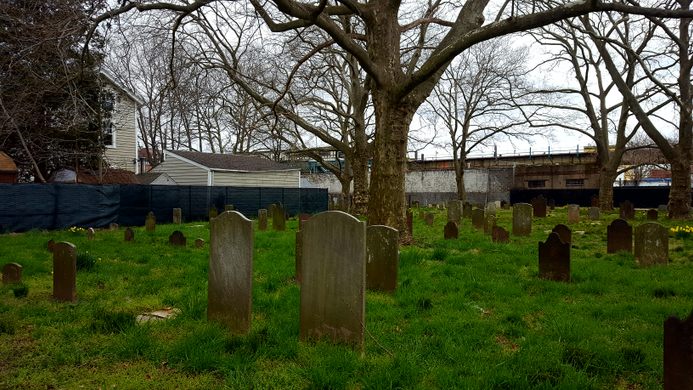





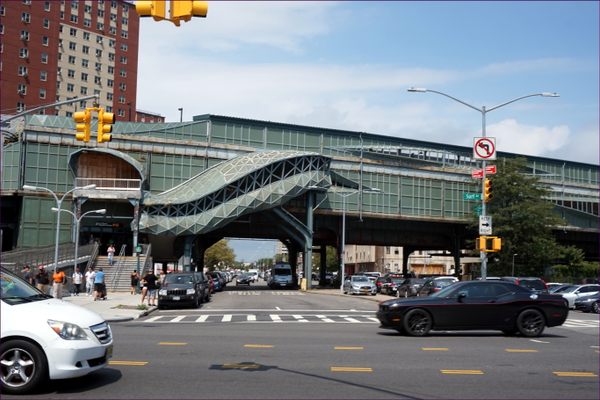







Follow us on Twitter to get the latest on the world's hidden wonders.
Like us on Facebook to get the latest on the world's hidden wonders.
Follow us on Twitter Like us on Facebook